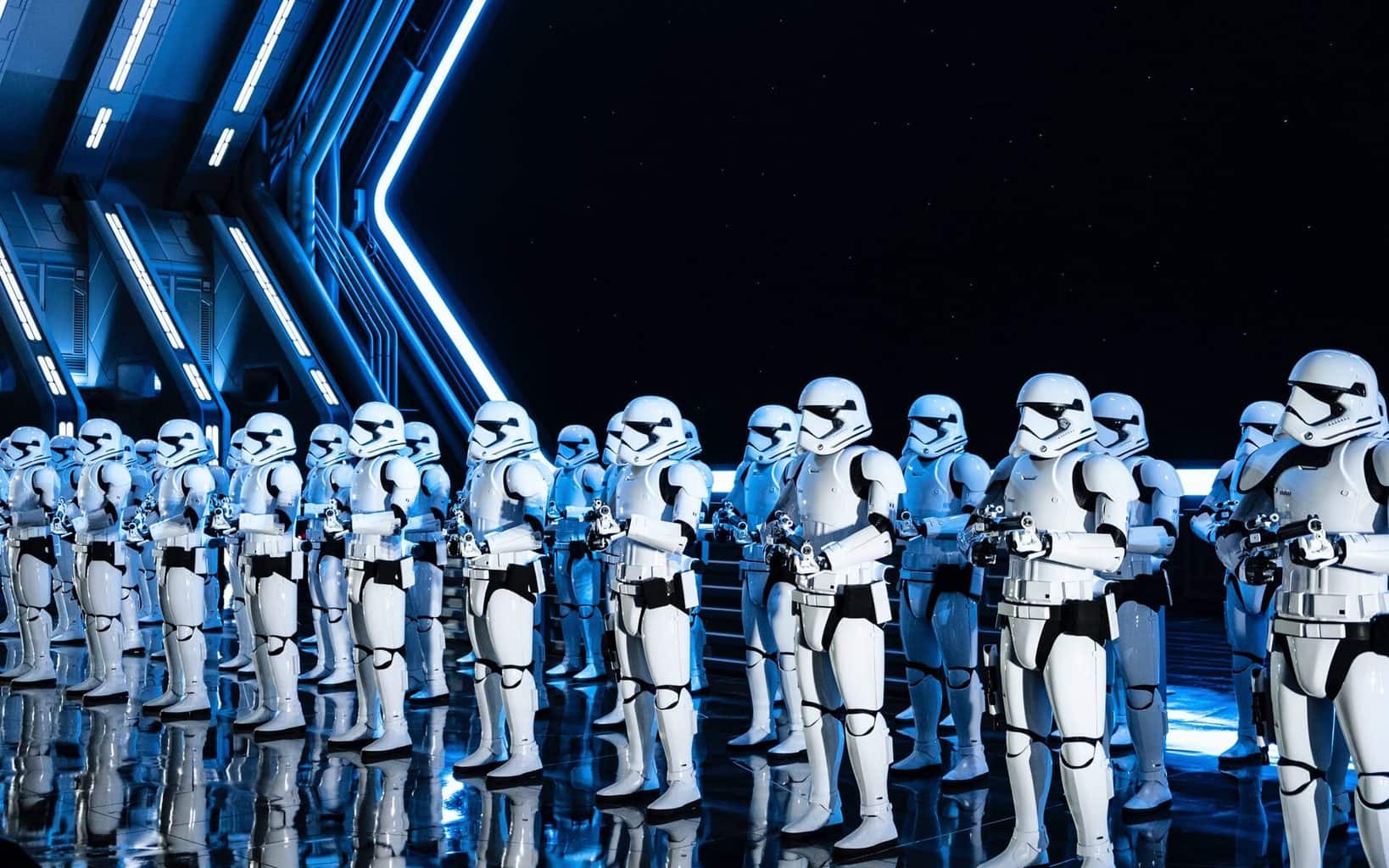For me, I found that the most effective means of learning history was to not directly learn about history. This may seem counter-intuitive, however, that’s where the magic of it lies. Students do not need to bury their nose in a history book, nor do they need to rigorously take notes during a lecture in order to learn history. Many educators seem to get caught up in the idea that dates, names, and locations are the most important thing about history. The best educators, I’d argue, actually focus more on themes, concepts, and patterns. These aspects of history are really easy to be creative with, as it allows for an effectively infinite amount of possibilities for assignments.
In the same way The Lion King is a derivative of Hamlet, many other films are inspired by aspects of history. Perhaps the most obvious example may be how the “Empire” in Star Wars shares many similarities to that of Nazi Germany. Star Wars in many ways is reflective of World War 2. Watching Star Wars, for me, is certainly more fun than taking notes out of a history book, and I would imagine most students would agree with this sentiment. Students can watch Star Wars, then they can brainstorm different ideas and try to look for symbolism for what they know about WW2 and how it pertains to Star Wars. After that, the teacher can go through and validate student ideas with lessons that can draw similarities between the two mediums (history and Star Wars).
Another means of this could be something similar to what we did in class today. When I was in high school, we were shown the painting American Progress and asked how to analyze this painting using our current knowledge of American history. We were asked questions such as “What is going on in this picture?” and “Where are these people going?” And even “What’s the deal with the angel?” None of us could piece all of this together, but many of the students were able to deduce that the angel represented the United States, or a figure of liberty, and that everyone was heading West. These pieces of information were crucial for understanding the photo as a representation of manifest destiny. By discussing all of this, we were able to discuss a major theme in American history without even building context specifically around it. Sure, the knowledge necessary to completely understand the concept was filled in later, but the important thing was that all of us students could put on our detective or art historian caps for a class period and just enjoy the learning process.
The moral of this post is that students can learn in a million different ways. History is so open ended in its potential assignments, which leaves a lot of wiggle room for how educators can approach lessons. This potential is only escalated by looking at history through the lens of patterns, concepts, and themes rather than dates, names, and places.
Photo by Brian McGowan on Unsplash

The art and craft of teaching

I enjoy your enthusiasm for prioritizing conceptual learning (themes, concepts and patterns) over memorization of names, dates and locations. Using symbolic ways for learning concepts – especially in a historical sense seems to present much more opportunity for student engagement and retainment in the long term. I hope to find similar ways to intrigue my students on historical lessons to the examples that you provided!
A agree wholeheartedly on what you say about themes, concepts and patterns. I feel that grasping these things is what both inspires students to care and learn, as well as remember.
I really liked how you drew relevant cultural connections. I agree how brining historical themes ‘closer to home’ for students makes all the difference.
With so many different learning styles, it is imperative to present a multitude of teaching styles. Going in through the ‘backdoor’ is both a really fascinating and powerful concept.
I also love the language you used in this post!
Chris! I really enjoyed your post. It was similar in a lot of ways to my experience learning history not by focusing on the dry aspects of names and dates, but on overarching themes and cycles. One of the most incredible things about history is that it is so human, a compilation of our stories. It’s one of the reasons I also enjoyed the painting analysis assignment because it allowed us to use what info we already had to create a story. The specific details could be filled in later on, but I think it’s valuable to look at the way art, like a painting or a film, can tell us a larger story about history.